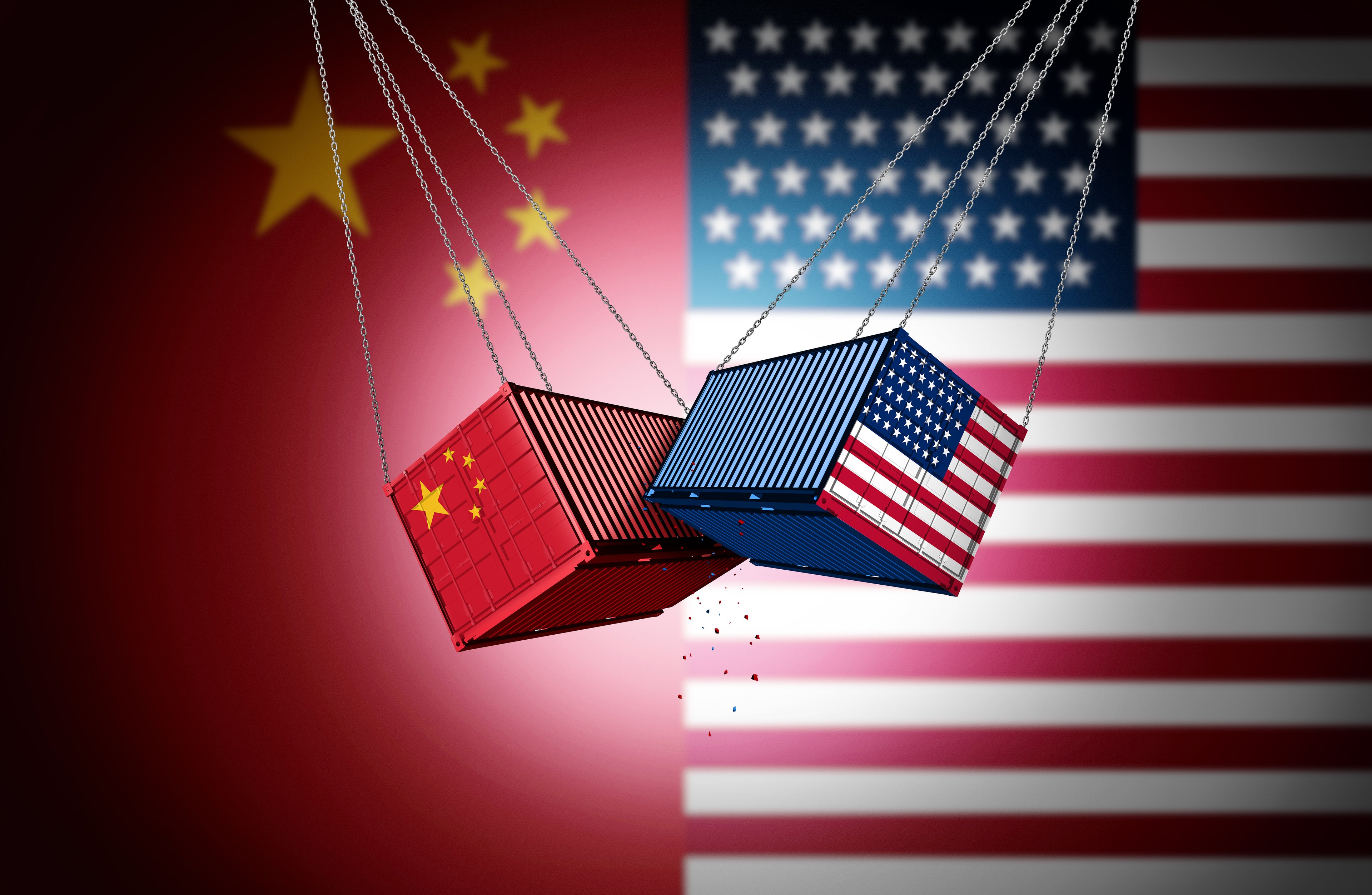Index funds have been around for a long time. The most recent big step in their development has been the advent of exchange-traded funds (ETFs). There are very good reasons to like ETFs, including the benefit of being able to diversify your holdings with the purchase of just one equity. But you have to understand what you are buying -- just because you are buying an index fund doesn't necessarily mean you are buying a diversified portfolio.
Here are some examples to highlight the concentration risk you might inadvertently take on if you don't dig into the index methodology of the ETFs you buy.
ETFs are structurally sound, but...
Exchange-traded funds are fairly complex pooled investment vehicles. You don't need to know all of the nuances to make use of them -- but you can't just look at a fund name and its objective and call it a day. That's because there are shades of gray involved here.

Image source: Getty Images.
For example, the SPDR S&P 500 Index Trust (SPY +0.18%) is one of the oldest ETFs, and it tracks the S&P 500 Index. That's not too complicated. The S&P 500 Index is well known and understood, so you don't really need too much more research there.
But there are now actively managed ETFs like Amplify CWP Enhanced Dividend Income ETF (DIVO +0.04%). Unless you do a lot more research, that name alone isn't going to be enough to tell you what this ETF does. For reference, this ETF buys dividend-paying stocks and strategically writes covered calls on a portion of the portfolio.
There is a lot of nuance between the two extreme examples referenced above.
But it is vital that you don't assume an ETF is diversified just because it is based on an index. Diversification is important, as it helps to spread risk across your portfolio. The allure of instant diversification is one of the key selling points of ETFs. Amplify CWP Enhanced Dividend Income ETF, for example, owns 27 holdings, four of which are covered calls. The largest stock position, Microsoft, is around 5.5% of assets. The smallest stock holding is Verizon at roughly 1.8% of assets. The fund, being actively managed, isn't really meant to be all that diversified.
The SPDR S&P 500 Index Trust, meanwhile, has around 500 holdings, and the largest position is Apple at roughly 7% of the portfolio. Right now a small number of technology names make up a fairly large percentage of the S&P 500 Index, but overall there is a fair amount of diversification built in given the huge number of holdings. The reason for the unusually heavy weighting in technology is that the S&P 500 Index is market-cap weighted. This is where things get interesting.
Playing a sector
Essentially, market-cap weighting means that the largest companies get the heaviest weighting in the portfolio. Pretty simple -- and this generally puts investors into the top-performing names over time, since, for the most part, market caps rise when stocks are performing well. For a fund with 500 or so holdings, that probably isn't too much of a problem even if there are short periods where a handful of names get fairly large weightings. But what if you wanted to invest broadly in energy stocks? Or technology stocks? Or consumer discretionary stocks?
For that you might buy Energy Select Sector SPDR Fund (XLE 0.94%), Technology Select Sector SPDR Fund (XLK +0.53%), or Consumer Discretionary Select Sector SPDR Fund (XLY +0.37%). These are all subsets of the S&P 500 Index and are market-cap weighted, so you might assume that they are as diversified as the S&P 500 index. They are not.
Energy Select counts ExxonMobil and Chevron as its two largest positions, together making up nearly 43% of the portfolio. Exxon alone is over 20% of the fund! Consumer Discretionary Select's top two positions are Amazon and Tesla, which together account for roughly 43% of the portfolio. Amazon accounts for roughly three times the assets of the No. 3 holding Home Depot, which chimes in at about 8.5%. And Technology Select's two largest holdings are Microsoft and Apple, which together make up 47% of the ETF's portfolio. Each is over 20% of assets, with the No. 3 holding at roughly 5%.
|
THE TECHNOLOGY SELECT SECTOR SPDR ETF -- Ticker Symbol: XLK | |
|---|---|
|
Fund Description: Composed of companies primarily involved in such industries as software and services, IT consulting services, semiconductor equipment, computer, and peripherals. There are 66 companies in this ETF. | |
|
Top 5 Holdings |
Percent of All Assets |
|
Microsoft |
~24% |
|
Apple |
~23% |
|
Nvidia |
~6% |
|
Broadcom |
~4% |
|
Salesforce |
~3% |
Data source: State Street
None of these funds is all that well diversified given that two stocks will have a massively disproportionate impact on performance at each ETF. To some degree, this is cherry picking data points, and if you are buying a sector fund you are probably looking for an ETF that is focused to some degree. But you should go in actually knowing just how much focus you are getting, and to do that you need to understand the way in which the ETF portfolio is created. That boils down to understanding the index methodology, which can sometimes be harder to find than you might hope.
Dig in before you buy
There are no shortcuts when it comes to investing. You have to do your homework or you risk ending up blindsided by a mistake. Exchange-traded funds can be a valuable tool, but only if you take the time to understand what they are doing. For actively managed ETFs, you'll need to read about the portfolio manager's investment approach. Such research, however, may be even more important for index-based products, where taking shortcuts and making assumptions can lead you astray. As the Sector Select Funds highlighted above show, when you dig into the methodology of the index underlying the fund's portfolio, you might find that you aren't getting exactly what you expect based just on a name.











